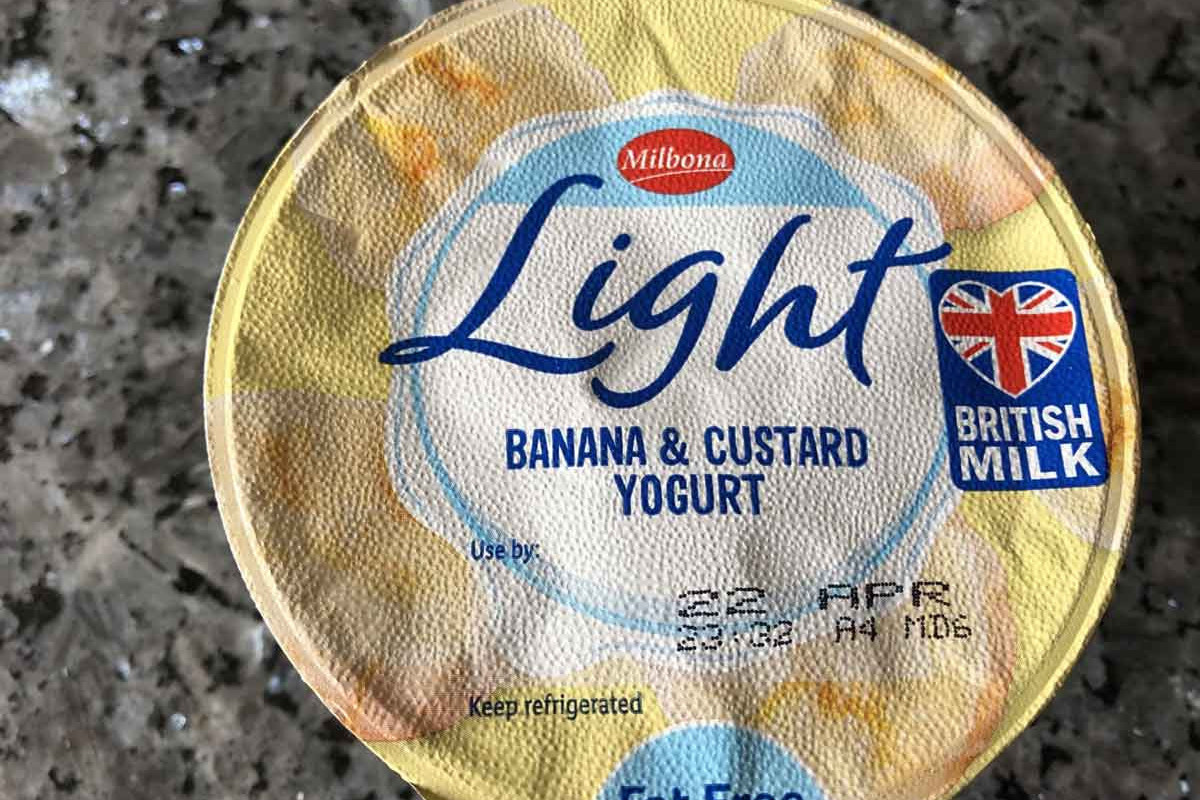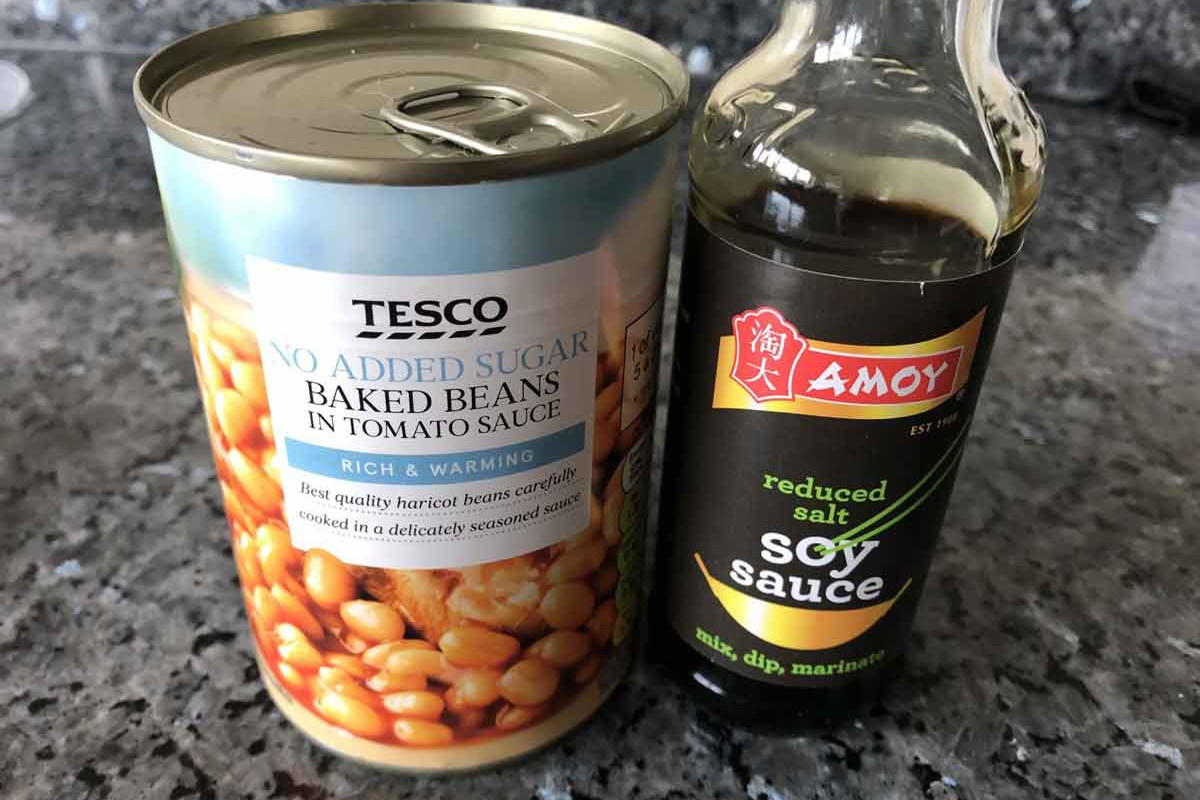Knowing your labels - It's all in the serving size:
Before I reveal the exact amount of cheese I have in my hand, I thought I'd talk a little bit about servings sizes & what that actually means.
Firstly, manufacturers are quite adept at highlighting the "per serving size" on their packaging, in a way that catches the eye. However, the serving size that manufacturers use is often unrealistically small.
A good tip would therefore be, to check the information per serving on the front of the packaging.
Next, take a closer look at what is meant by serving, here you will find the actual amount of that serving either in grams or carton size.
So, back to the cheese! This is just a 25g serving of mature cheddar cheese which provides:
104 calories, 8.8g fat (5.5g saturated fat), 6.3g protein, 0.5g carbohydrates and 0.45g salt.
As you can see this is a very modest serving size!
Question: What does your serving size look like?
A few other things to look out for:
- "Light or Lite" - To say a food is light or lite it must be at least 30% lower in calories or fat than standard products. Whilst this product below ticks those boxes it does contain amongst other things, just over 8g sugar so almost one third of the recommended daily amount of 30g.
- Fat Free - A claim that a food is fat-free may only be made where the product contains no more than 0.5g of fat per 100g or 100ml. Again this product ticks this one.
- Dates - the "use by" date is for highly perishable goods which could become a serious health risk if eaten after the recommended date. "Best before" means the food is nor dangerous to eat after this date, it's just not at it's best. So, sorry Mr Ward this one needs to go!



